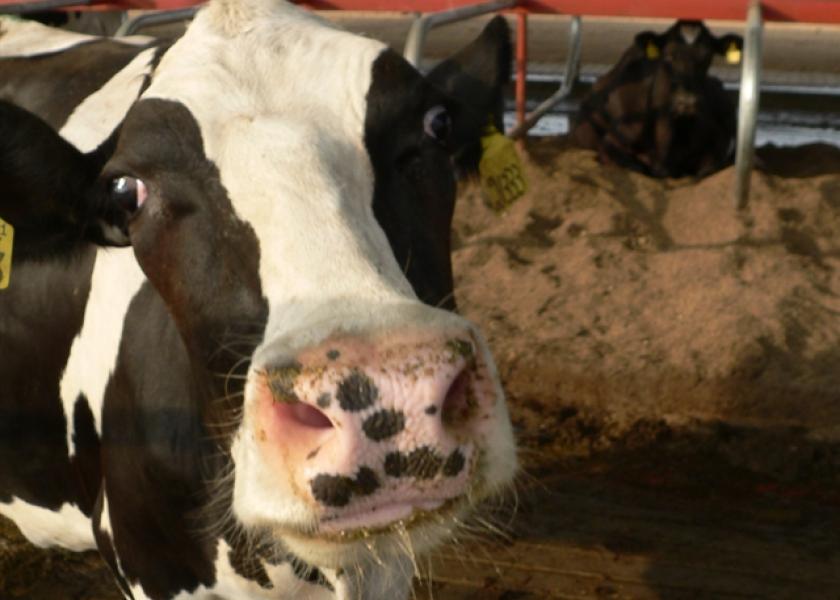Ways to Increase Revenue as Milk Margins Tighten

Even though cash flows will be squeaky tight on dairy farms for at least the next six months, and perhaps even dip into the red, there’s no need to panic.
So says Tim Swenson, a business consultant with AgStar Financial Services based in Baldwin, Wis.
Basis—the difference between your mailbox milk price and the Class III or Federal Order price—will be critical, he says. In much of the Midwest, for example, basis will be 50¢ to 75¢/cwt less this year.
Typically, basis runs $1.50 to even $2/cwt above Class III in Wisconsin and Minnesota. But as manufacturing plants run at or near capacity, there is no need for them to bid for more milk.
But that doesn’t mean there are no opportunities on the revenue side of the ledger. Closely examine your milk checks over the past six to 12 months. As butter and butterfat have grown in demand, many manufacturing plants are upping the premiums they pay for it.
As a result, there may be an opportunity to tweak rations to increase butterfat production. “You need to understand what your processor is paying you for,” Swenson says.
Most dairy farmers are already producing as much milk per cow as they can. But some might be producing more waste milk than they should. “Is there a way to increase the percent of saleable milk?” asks Swenson. Milk quality, somatic cell counts and antibiotic treated milk all have a huge impact on the amount of milk both produced and sold.
Swenson also notes that the Class III futures market is offering stronger prices in the second half of 2016. “You need to work with your marketing experts to protect those better prices,” he says. “They could move even above where they are now, so you need to protect these values and still leave some upside potential.”
And if you have excess heifers ready to calve this spring, does it make sense to sell older cows? “I have some clients selling milking three-year-olds, and still getting $2,600/head for them,” says Swenson.







